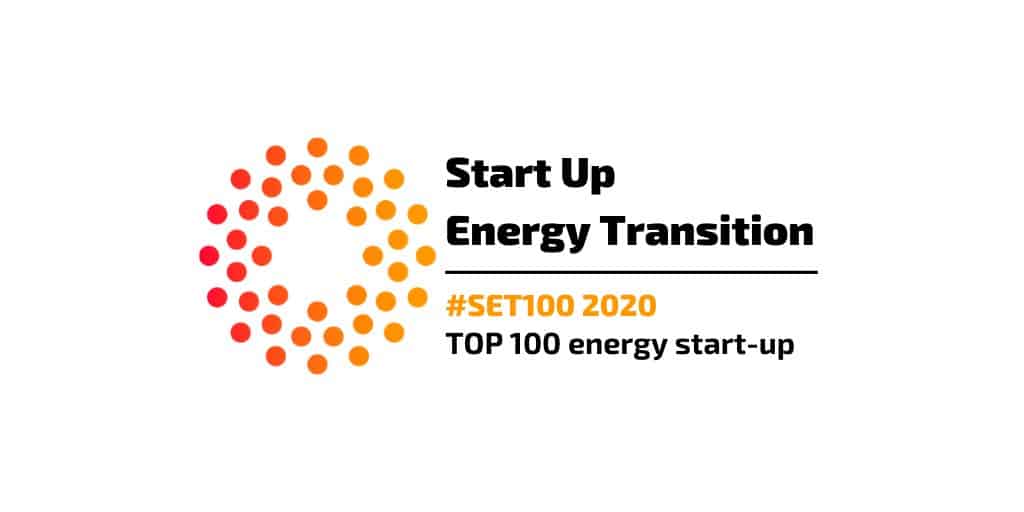European electricity prices have plunged into the red over the past six weeks as the impact of Covid-19 on demand has taken its toll on the energy industry.
A slump in demand – approximately 15% less across Europe – following lockdown restrictions, coupled with a huge surge in renewables generation has seen supply significantly exceed demand. Add to that the inflexibility of fossil and nuclear energy generation, where a total shutdown of plants followed by a restart would be more costly than continuing production at negative prices, and it appears that some of the only people not feeling the pain of the current crisis are home owners on green tariffs uniquely being paid to consume and traders hedging on continued volatility.
But, despite the challenges, what the Covid-19 impact on market dynamics has done is give us a fascinating glimpse into the future of the electricity supply and what that means in particular for e-mobility.
Renewable energy generation – predominantly solar and wind – currently accounts on average for approximately 20% of power consumption across Europe. Putting that into current context, at one particular time in early April this year, renewables accounted for a record 70% of UK electricity demand.
Unpredictable renewable generation will undoubtedly rise as the energy and transport industries drive towards full decarbonisation targets by 2050, meaning that we’re likely to see more of this negative pricing phenomenon over the next couple of decades.
A worrying state of affairs? No, potentially not, assuming of course that technological innovation and digital transformation of energy continues to move full steam in the right direction. In fact, negative pricing and abundant green energy fuelling electricity supply open up some interesting possibilities.
On one hand, it could speed up the transition towards a decentralised distributed energy industry where consumers are transformed into prosumers and electric vehicles are key in balancing supply and demand. Users would not only be paid to use electricity in their own homes during periods of negative pricing but could also earn more by supplying electricity back into the grid itself at times of peak demand through vehicle-to-grid (V2G) systems.
V2G technology enables the discharge of electricity stored in EV batteries back into the national grid to help balance supply during consumption peaks. It isn’t a new concept: Nissan supplied 66 Leafs to areas worst affected by the 2011 Fukushima earthquake and tsunami to supply back-up power. And it faces significant obstacles in scaling up to the levels required to make a genuine difference to grid supply, not least with incompatibilities around the current standard of charge poles or, further down the chain, grid connections which are not yet equipped to inject electricity back into the grid.
V2G is being helped along the way by improvements in EV battery energy storage; storage and grid flexibility are two key enablers in making a future commercial success of decentralised virtual EV-led power plants. There is a long long way to go but its promise shows off the enormous innovative, sustainable and financial potential for synergy between energy and transportation.
But the ramifications of negative energy pricing go further than the household prosumer. Let’s consider the possibilities for a global online retailer such as Amazon and the choice that its customers may be forced to make between ‘green’ or ‘cheap’ services.
One thing Covid-19 has shown us is the value of home delivery; it’s now a necessity and will only continue to scale as bricks-and-mortar retail further declines. So, imagine a future where the cost to charge all Amazon delivery van fleets, electric of course, during peak periods was simply too great an operational cost to sustain. It would leave the company, or rather the customer, with a decision to make.
To maximise RES use, Amazon would need to charge all its vans when there was an abundant clean supply – during the day for example – and drive them at a time when renewable generation dips, most likely at night. Good for customers who value sustainability but not necessarily the cheapest option for Amazon.
For that, the company would need to charge their vans during any off-peak periods when electricity was not only free but potentially, with negative pricing, would even act as an additional revenue stream. This would slash costs, making operational efficiencies they could pass on to the customer with cheaper delivery, but certain wouldn’t lend itself to fast ‘Next Day Delivery’ or even easy-to-predict delivery slots.
Green but potentially pricier, or cheap but unpredictably slow, that’s the question.
Take a look at our e-Mobility near real-time data solutions, re.alto Connect Mobility











